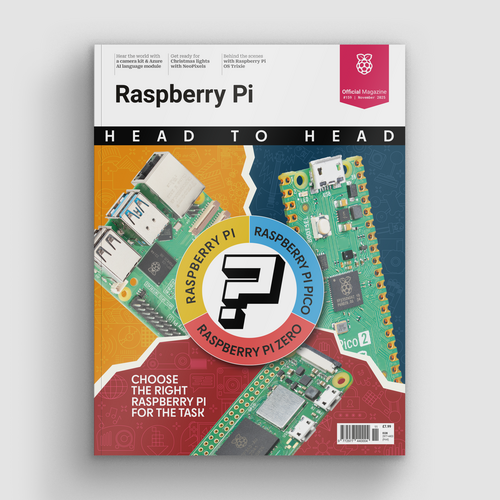Moving Pixel Clock
By Ben Everard. Posted
This article was originally published as part of HackSpace magazine, which has since been incorporated into Raspberry Pi Official Magazine.

"Clock projects are cool. LED projects are cool, too. And if it moves, all the better. So why not build a moving pixel LED mechatronics clock?” With this thought began Erich Styger’s 18-month development of the Moving Pixel Clock.
More accurately, the project began when Erich spotted a bunch of tiny stepper motors for sale online. They came with no instructions, no datasheet, and no information at all other than the name – ‘Mini stepper motor @5V’. They have a travel of around 10 mm, which takes around two seconds, and Erich thought it would be a good idea to use them to add some interest to a digital clock display.
Advertisement
Head to head: Raspberry Pi + Raspberry Pi Zero + Raspberry Pi Pico.
The final build comprises five stacked PCBs housing the stepper motors and stepper motor drivers; each PCB has 16 stepper motors, with each one hosting an addressable RGB LED. That gives you a grid of 16 × 5 moving pixels to display the time. It’s simple, but in an admirably complex way.
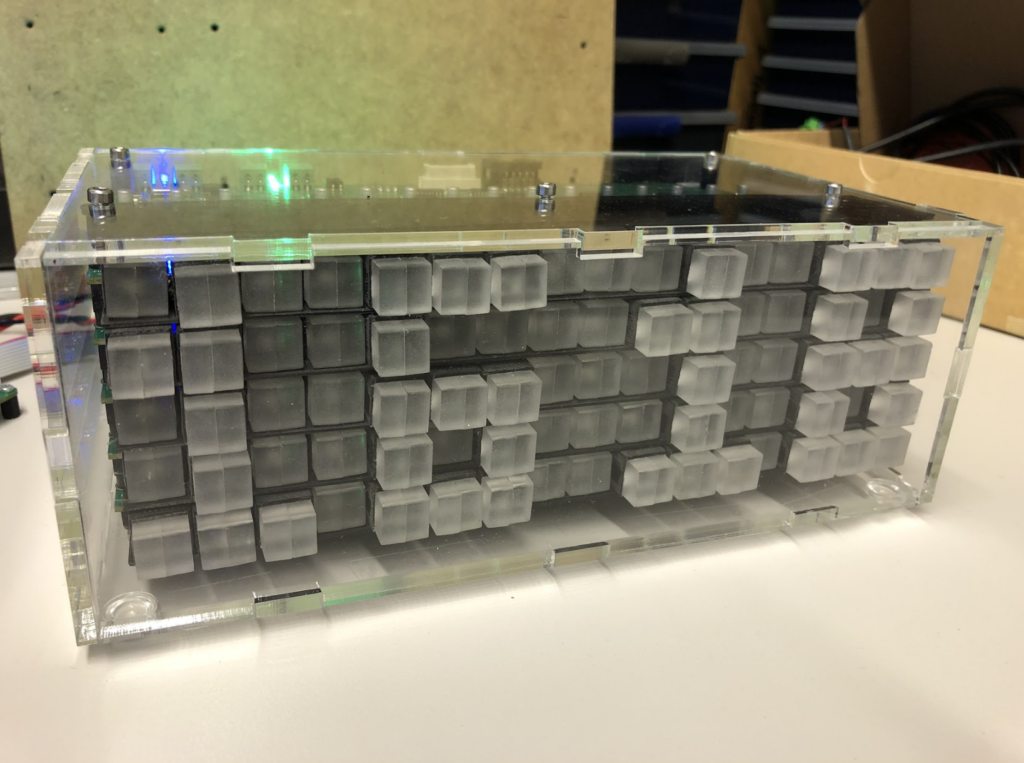
Erich’s blog detailing the project build is a masterpiece of clarity; in it he outlines the build process, from single stepper motor to a wall of moving pixels. Each 3D-printed part and custom PCB is laid bare, giving us a glimpse into the work that’s gone into making this weird and wonderful timepiece.

Ben is the Editor of HackSpace magazine. When not wrangling words, he enjoys cycling, gardening, and attempting to identify wild mushrooms.
Subscribe to Raspberry Pi Official Magazine
Save up to 37% off the cover price and get a FREE Raspberry Pi Pico 2 W with a subscription to Raspberry Pi Official Magazine.
More articles
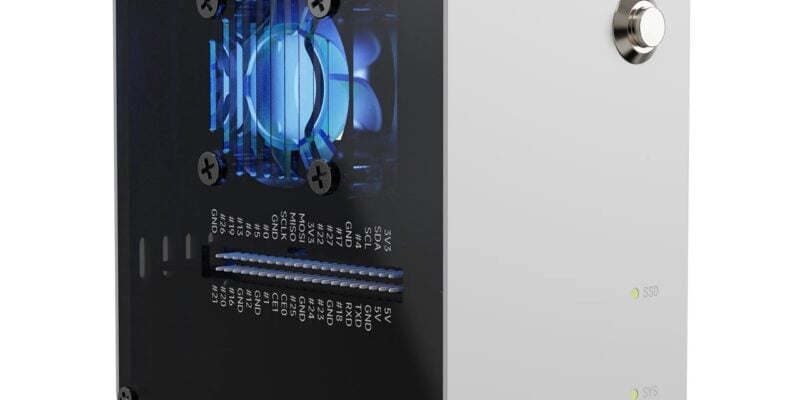
Pironman 5 Mini review
Compact and bijou, this Raspberry Pi 5 case looks cool
Read more →
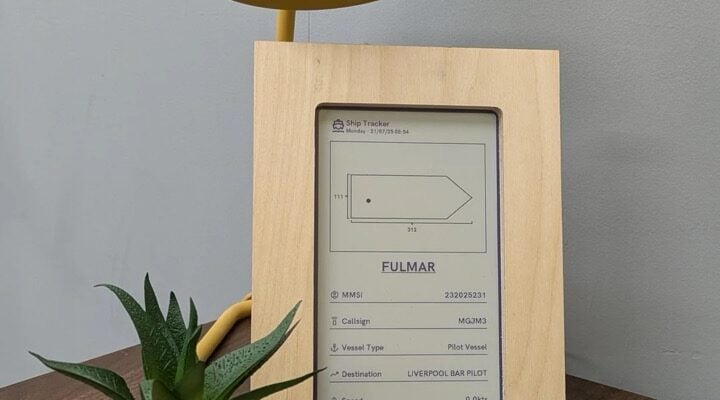
E-ink shipping monitor
The display comprises a Raspberry Pi Zero 2 W, a Pimoroni Inky Impression 7.3-inch display, and a Wegmatt dAISy Mini AIS receiver. AIS stands for ‘Automatic Identification System’, and it’s this device that picks up the signals coming from the ships themselves, which goes to the display via the Raspberry Pi Zero 2 W. There’s probably a […]
Read more →
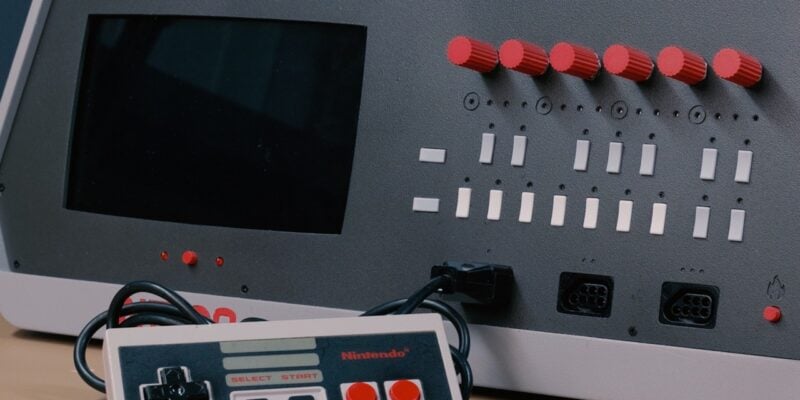
NTRON gaming and synth console
The NTRON is compatible with original NES controllers, and there are custom models built on perfboard
Read more →
Sign up to the newsletter
Get every issue delivered directly to your inbox and keep up to date with the latest news, offers, events, and more.
